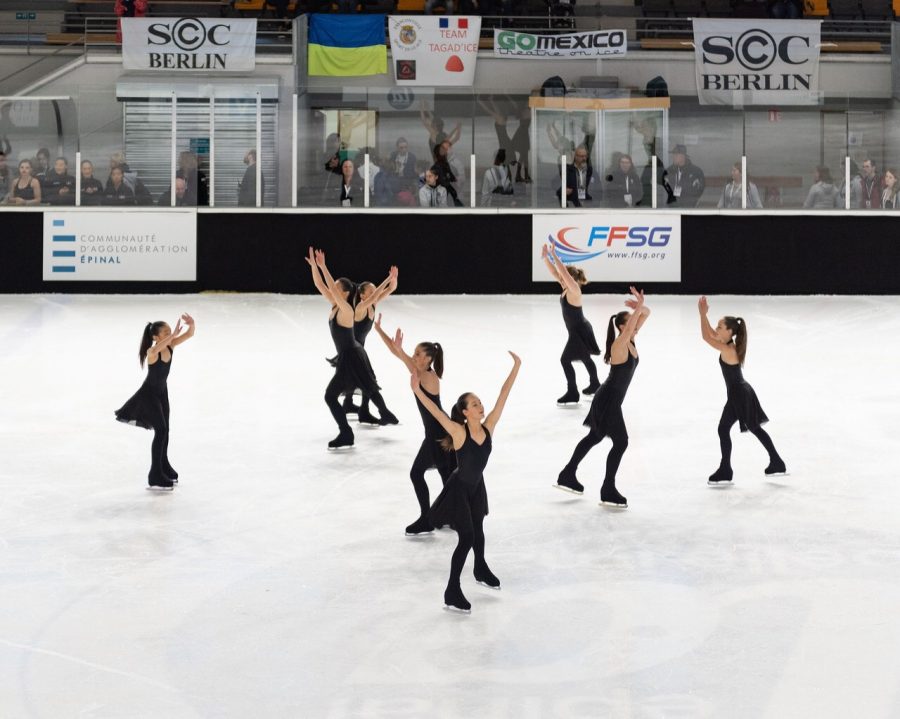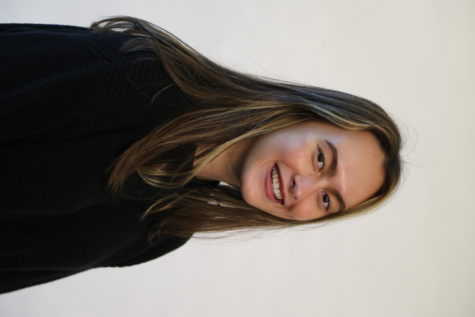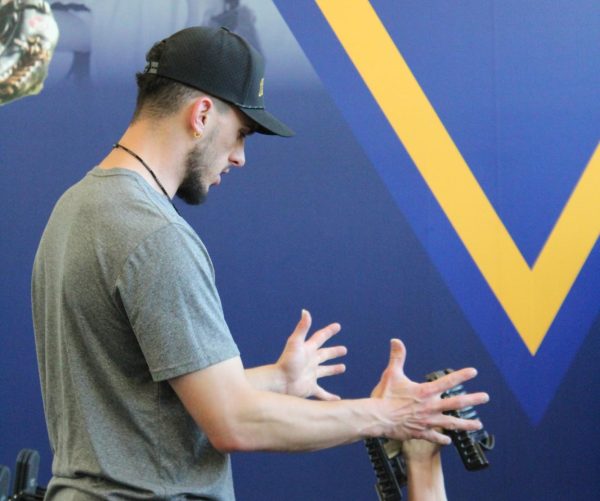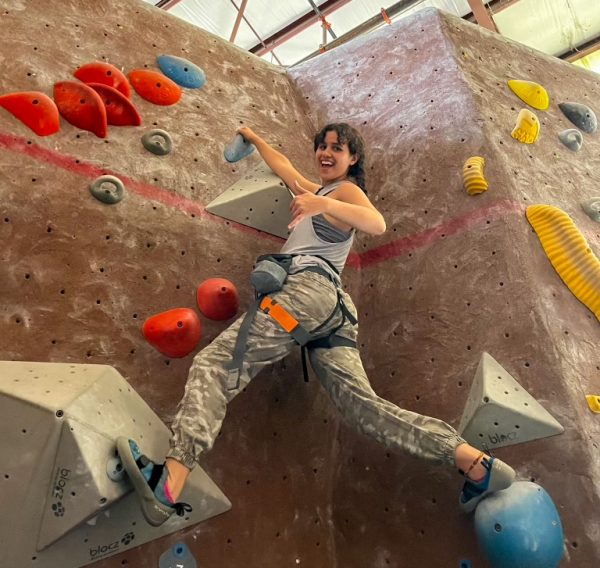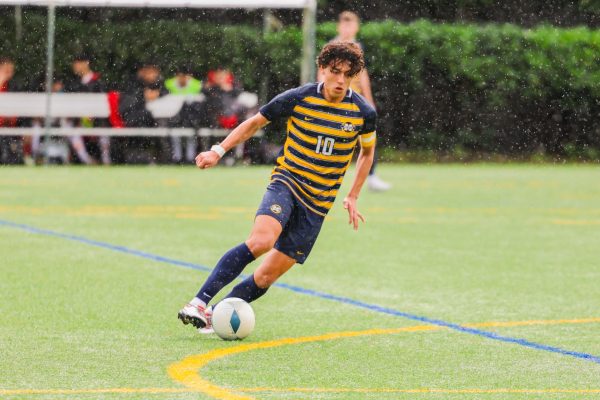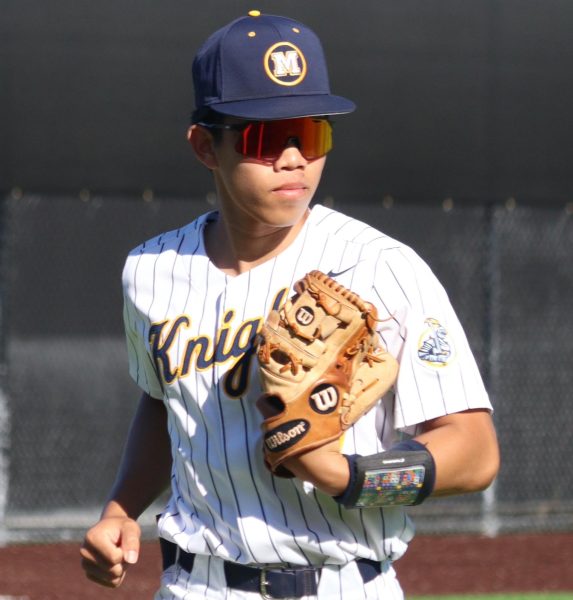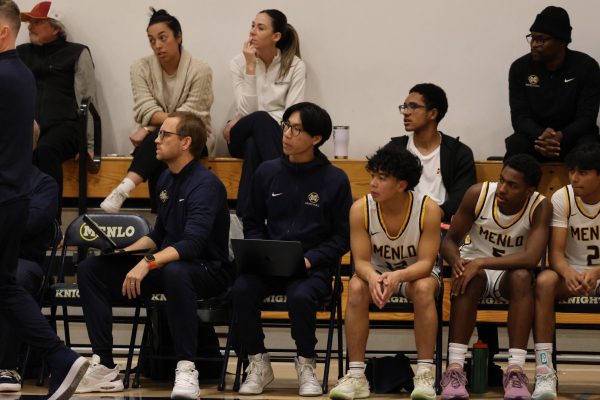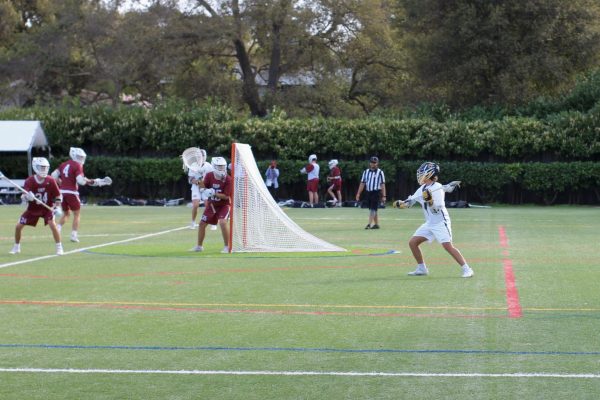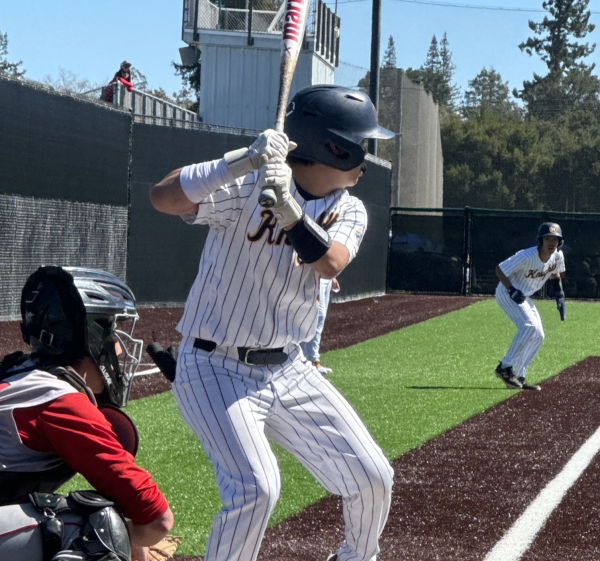What Is Figure Skating Like During COVID-19?
San Francisco Ice Theatre has advanced to compete at Nations’ Cup twice during my time on the team. My freshman year, I missed an entire week of school to travel to Épinal, France, where the competition was held. Photo courtesy of Ken Chan.
April 12, 2021
I used to wake up at 5:30 a.m. six to seven days a week to figure skate. I travelled between four rinks (located in Redwood City, San Mateo, San Francisco and San Jose) to work with different coaches in the area… and then the COVID-19 pandemic began.
Because they lost so much revenue over the course of the pandemic, the rink in Redwood City closed down, so I now only skate at three rinks, and ice time can be difficult to come by. Because ice rinks are seen as equal to indoor gyms, every time a county enters the purple COVID-19 tier, the rink in that county has to close. Once rinks reopen, it is always a race to secure sessions of ice time through the rink website, as the rink does not notify skaters when new times have been posted. We learn of new sessions through friends who have checked the website and relayed information to us.
Despite these challenges, I have continued to keep my practice the same to the best of my ability. In San Jose and San Mateo, I practice individually, and in San Francisco, I am a part of San Francisco Ice Theatre (SFIT) with a team of 22 other skaters. “Theatre On Ice (TOI) is a form of competitive figure skating that combines the grace of figure skating with the excitement of theatre and dance,” according to the U.S. Figure Skating Association’s (USFSA) website. It is not the same as Disney on Ice or a theatrical production, as it is more based on technique and artistry, but there are costumes, sets and props involved. Skaters are on the ice to “tell a story” through figure skating.
SFIT has advanced to compete at Nations’ Cup (an international competition held every other year) twice during my time on the team by placing in the top three places at the yearly National Theatre on Ice competition. My freshman year was a Nations’ Cup year, so I had to miss an entire week of school to travel to Épinal, France, where the competition was held. My time in Épinal consisted of a lot of scrambling to do homework in between practices while trying to enjoy a little bit of French culture, but it taught me how to balance school, skating and free time. Through competing and pursuing athleticism, figure skating also gives me the opportunity to gain worldly experience, whether it be spending a couple days in Paris before the competition or attending athlete’s parties to meet rivals from countries such as Australia, Russia and France. I have fond memories of these parties, such as when the Russian team tried to convince us to say, “We love Putin!” on video.
In addition to Theatre on Ice, I work with individual coaches to test through the levels of ice dance. Ice dance is a discipline of figure skating that stems from ballroom dancing and is typically skated in pairs. There are eight levels of ice dance offered by the USFSA, the highest being the gold dances. Skaters can either test through these levels by themselves, or they can choose to compete in the highest level that they have passed. Tests consist of a lineup of skaters who take the ice one by one to be judged by a panel of three judges, who determine by majority whether the skater has demonstrated enough competency to pass the level. Recently, a track of ice dance called “Solo Dance” has emerged, where skaters can test and compete individually without a partner.
I also work to test through the levels of “Moves in the Field” (MIF). These levels of MIF are not meant for competition, but they are instead designed to help a skater improve their edges and turns, which are essential skating skills. Similar to ice dance, MIF consists of eight levels, the highest being the senior level, and the tests function the same way. They are also a prerequisite for joining a Theatre on Ice team.
Due to the COVID-19 pandemic, ice dance and MIF testing has been mostly cancelled in the Bay Area, but my goal is to pass all of my MIF tests to achieve a USFSA Gold Medalist designation. I am currently on my junior MIF test, which means I have two levels left to pass. In February, USFSA rolled out an option to record an MIF or ice dance test to then submit to judges virtually, but my coaches and I have not committed to that opportunity yet because of the extensive requirements, such as needing an “impartial test proctor.” Recording an MIF test would not just be a matter of deciding to use a phone to record it one day like we had previously thought. The test must be filmed continuously, so it would require us buying private ice time to ensure that the test would not be interrupted by other skaters in addition to bringing in a proctor to oversee the test.
I spend the majority of my time on figure skating out of my activities, and I have been doing it ever since I can remember. I love both the individual, goal-setting, self-motivating aspect that I get from ice dance and MIF tests, and the team energy and cooperation I experience on SFIT. I can explore both sides of myself through my sport, and I am proud of the things I’ve been able to accomplish both individually and with my team. While it has been hard to get ice time during the pandemic, I have continued to the best of my ability to practice the sport that I love.


